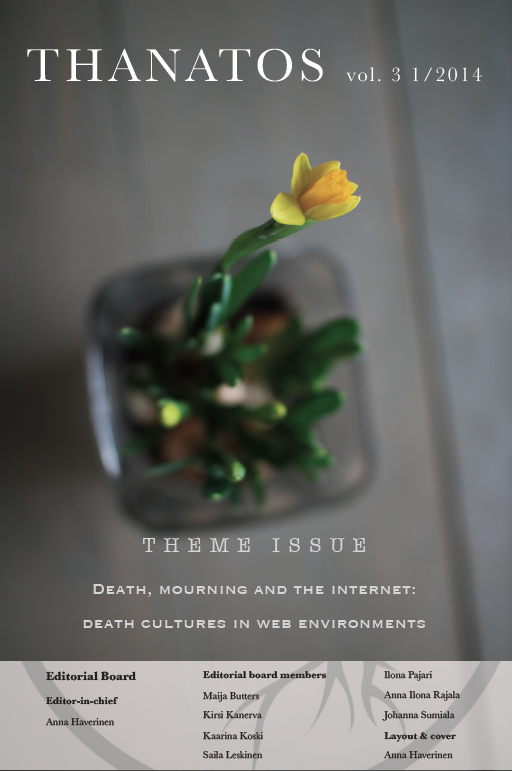Digital Monument to the Jewish Community in the Netherlands and the Jewish Monument Community: commemoration and meaning
Abstract
In April 2005, the Digital Monument to the Jewish Community in the Netherlands went online. This monument is an Internet monument dedicated to preserving the memory of more than 100,000 men, women and children, Dutch Jewish victims of the Shoah. As of September 2010, the interactive Jewish Monument Community website has been linked to the website of the Digital Monument. The main objective of the monument, and its community, is to reconstruct the picture of the Jewish community in the Netherlands on the eve of their destruction by “returning” to each individual victim his or her identity. With this monument, and its companion Community website, a new approach to commemoration is introduced, characterized by the application of new concepts in design, memorial space, and communication. My research on the practices engaged in, and the meaning of this Digital Monument and the associated Community, has been a qualitative and explorative exercise within the interdisciplinary field of memory studies and ritual studies. Questionnaires, ninety in total, were returned by first-, second- and third-generation users and by other users without any family connection to victims remembered on the monument.
The results of my research show that although practices are mostly limited in time they evoke deeply felt emotions raised by the enormous number of names, the ages at which people were killed, and the stories behind the victims. My research also shows that the characteristics Foot, Warnick & Schneider put forward as being typical of web-based memorializing – co-production of memory and voice – are indeed distinguishing features of the Digital Monument and its associated Community (Foot, Warnick & Schneider 2006, 88–91). By sharing with the Community their own personal remembrances, stories, pictures or other digitized objects, users are in effect co–producing the remembrance of the Shoah. Each individual may decide, 24/7 and from all over the world, what they consider is important to voice within the Community; the memorial refrains from taking sides or imposing closure upon the audience’s interpretation of the memory of the Shoah. Expressing oneself in public – in this case in a virtual environment – appears to have a healing effect (Casey 2004, 17–44; Savage 2009, 261–295).
Downloads
Published
Issue
Section
License
Copyright (c) 2023 Laurie M.C. Faro

This work is licensed under a Creative Commons Attribution-NonCommercial-NoDerivatives 4.0 International License.





